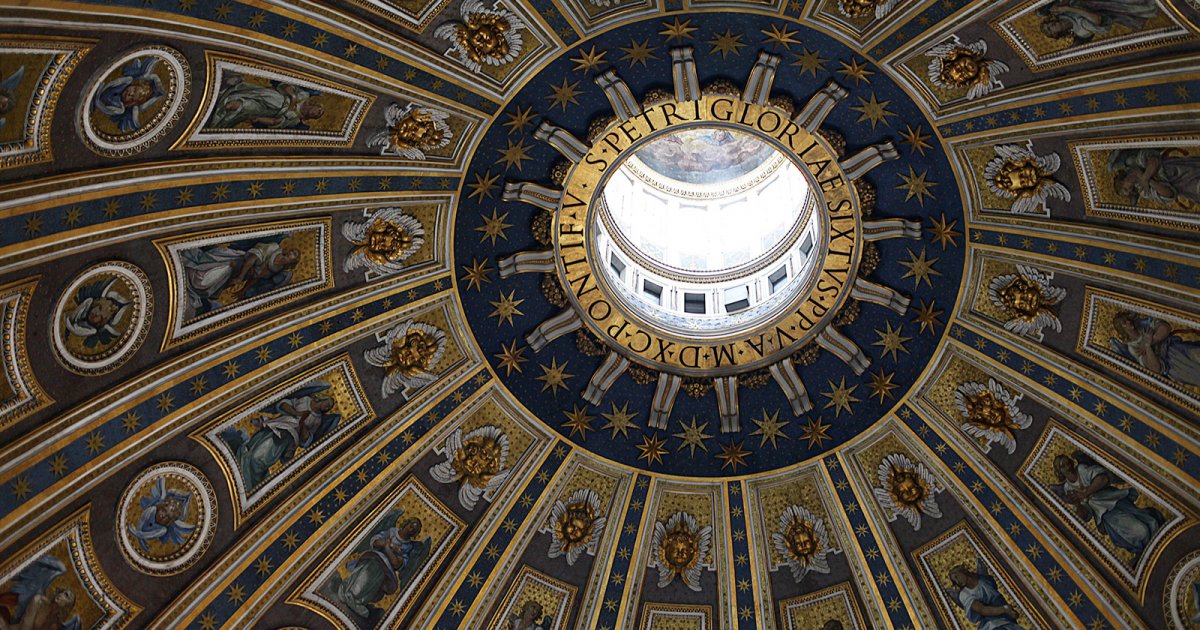SISTINE CHAPEL, Interior
 Language: English / USA
Language: English / USA
Now that you are inside the Sistine Chapel, the first impression you get will probably be more from the crowd and the noise than from the frescoes, unless you have cleverly chosen to take advantage of the Vatican Museums' evening openings... You should also keep in mind that you came in from the wall behind the altar, which was once reserved for the high clergy, and the public would enter from the other side, and therefore immediately facing the Last Judgment.
Now look at the chapel's structure: it's covered by an elongated and lowered vault, with six large windows on each of the side walls. There are two more windows on the altar wall, which had to be closed when Michelangelo painted the Last Judgment.
As you can see, the interior structure is sober and simple, as it was designed specifically to be painted. The chapel's decoration is closely linked to its proportions and architectural form. The ratio of about three to one in length and width, the position of the windows, and the presence of the rib vaults, which are the pendentives at the corners, result in a subdivision consisting of six squares on the major walls and two on the minor ones. From the top down, the walls are divided into three bands: the lower band is decorated with fake drapes, the middle band has the stories of Moses and Aaron on the left and those of Christ on the right, and the upper band, with its protruding frame that creates a sort of balcony, depicts the first popes in the niches beside the windows.
The side walls were frescoed in the second half of the 15th century by a group of painters from Florence. All the rest, including the part over the windows, the rib vaults, and the vast ceiling were entirely frescoed by Michelangelo between 1508 and 1512. The famous and incredible Last Judgment on the wall behind the altar was painted almost thirty years later by, of course, Michelangelo.
FUN FACT: the disks of colored marble that you see in the beautiful marble mosaic floor, which is in the same medieval style that was used in Rome at the time, mark the points where the processions stopped and the participants kneeled, all the way from the entrance up to the transenna. The space further in instead indicates the positions of the papal throne and the seats of the cardinals, and the movements that the cardinals had to perform during the ceremonies.



